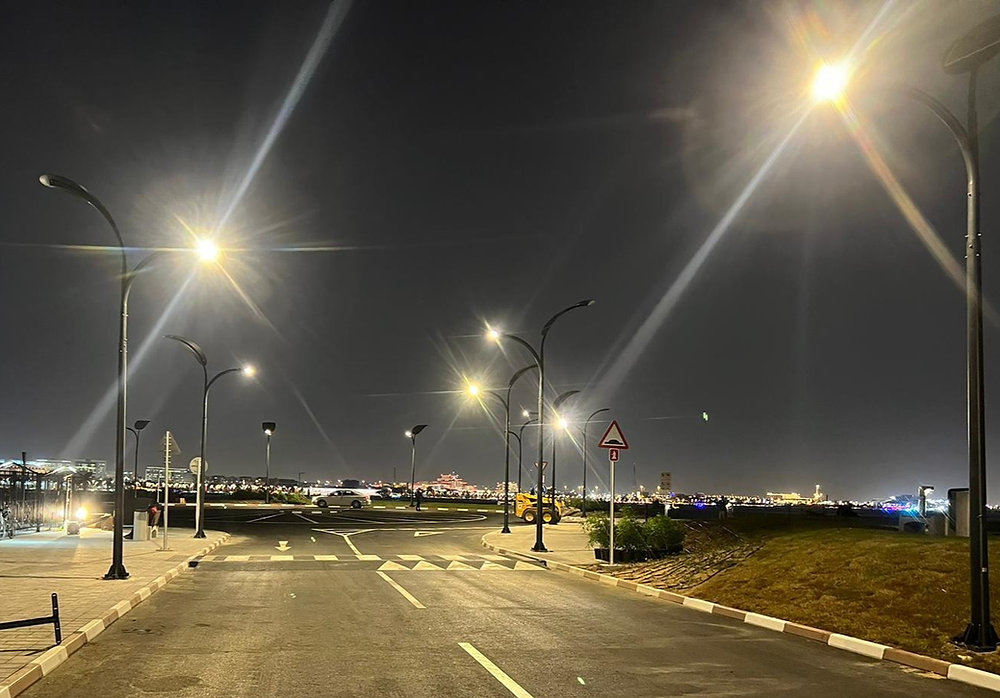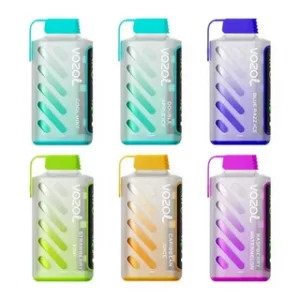Shining a Light on Sustainable Solutions: LED Products and Solar Street Lights

In an era marked by growing environmental concerns and an increased focus on sustainable living, the demand for eco-friendly technologies has never been greater. LED products and solar street lights have emerged as beacons of sustainable illumination, illuminating our path towards a brighter, greener future. In this article, we will delve into the world of LED products and solar street lights, exploring their benefits, applications, and the role they play in reducing our carbon footprint.
The Rise of LED Products
Light Emitting Diodes, or LEDs, have revolutionized the lighting industry in recent years. Their energy efficiency, longevity, and versatility have made them a preferred choice for both residential and commercial lighting applications.
Energy Efficiency: One of the most significant advantages of LED products is their exceptional energy efficiency. LEDs solar street light manufacturer a higher percentage of electrical energy into light, wasting less energy as heat compared to traditional incandescent bulbs. This efficiency translates to reduced electricity bills and decreased energy consumption, helping to lower carbon emissions.
Longevity: LED products have an impressive lifespan, often lasting 25,000 to 50,000 hours or more. This longevity not only saves money on replacements but also reduces the environmental impact by decreasing the number of disposed bulbs.
Versatility: LEDs come in various shapes, sizes, and colors, making them suitable for a wide range of applications. From residential lighting to commercial displays and automotive lighting, LEDs offer a flexible and customizable lighting solution.
Advantages of Solar Street Lights
Solar street lights take the sustainability of LED technology one step further by harnessing the power of the sun to provide clean and renewable energy for outdoor lighting. Here are some key advantages of solar street lights:
Energy Independence: Solar street lights are entirely self-sufficient, relying on solar panels to capture sunlight and convert it into electricity. This energy independence means that they can be installed in remote locations without access to the grid, making them an excellent choice for rural and off-grid areas.
Low Operational Costs: Once installed, solar street lights have minimal operational costs. They do not require electricity from the grid, and their maintenance is relatively low, as LEDs have long lifespans and solar panels are durable.
Reduced Carbon Footprint: Solar street lights contribute to reducing carbon emissions by decreasing reliance on fossil fuels for electricity generation. They help combat climate change while providing essential lighting for safety and security.
Applications of Solar Street Lights
Solar street lights find applications in a wide range of settings, improving safety and visibility while promoting sustainability. Here are some notable examples:
Urban Areas: In urban environments, solar street lights are often used to illuminate streets, sidewalks, parks, and parking lots. They enhance safety and aesthetics while reducing energy costs and environmental impact.
Rural and Remote Areas: In rural and remote regions with limited access to the grid, solar street lights provide a reliable source of illumination for roads, pathways, and public spaces. They empower communities and improve safety.
Commercial and Industrial Facilities: Many businesses and industrial facilities are turning to solar street lights to reduce operational costs and demonstrate their commitment to sustainability. Solar lighting can illuminate parking lots, warehouses, and outdoor work areas efficiently.
Overcoming Challenges
While LED products and solar street lights offer numerous benefits, they also face some challenges. The initial upfront best solar street light manufacturer of solar street lights, including solar panels and batteries, can be higher than traditional grid-connected lighting systems. However, these costs are offset by long-term savings in energy and maintenance.
Additionally, solar street lights may not be suitable for areas with limited sunlight, such as regions with heavy cloud cover or frequent rain. In such cases, hybrid systems combining solar and grid power may provide a more reliable solution.
The Future of Sustainable Lighting
As technology continues to advance, LED products and solar street lights are likely to become even more efficient and affordable. Innovations in energy storage and solar panel technology are expected to make solar street lights a viable option in a wider range of geographic locations.
Moreover, governments and organizations worldwide are recognizing the importance of sustainable lighting solutions and are implementing policies and incentives to promote their adoption. This support is driving research and development efforts to enhance the performance and accessibility of LED and solar lighting technologies.
In conclusion, LED products and solar street lights are shining examples of sustainable lighting solutions that offer numerous benefits, including energy efficiency, longevity, and reduced carbon emissions. Their applications are diverse, ranging from urban areas to remote regions, and they play a pivotal role in the global effort to combat climate change. While challenges exist, ongoing advancements in technology and growing support for sustainability are paving the way for a brighter and greener future illuminated by LED and solar-powered lights.







